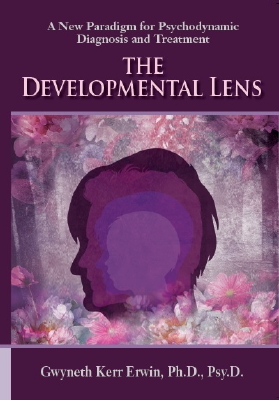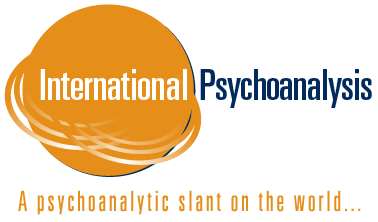
The Bully Without and the Bully Within
I know very few people who have not been bullied in some way, to some degree, at some point in their lives, including myself. Bullying can be physical, emotional, verbal, taking place in person, behind someone’s back, and now on the internet. Such bullying is intended to intimidate, shame, diminish, and harm, all for the sake of power and control for the bully. We are taught that if we are young, we should turn to the adults in our lives for help and protection; if we are older, “hold our head high,” and act as though the bullying doesn’t matter; if we meet the bully on their own terms, we might succeed in ending the bullying or further harm could occur.
As we grow, while we unconsciously and consciously develop many psychological defenses, we have three fundamental biological defenses. From birth to about two and a half, our first such defense is “freezing” or “playing dead.” While an infant or young child might protest in some simple form (like crying, or later hitting or biting), their best option is to surrender in hopes the perpetrator will go away. The next defense comes on board from two and a half years to adolescence when the child has some mobility, the ability to run, and a rudimentary sense of time and space: time to get away (to flee) and find some other place to go (to hide). That doesn’t mean that a child might not fight back even at a young age, but it won’t do much good – they will be quickly overcome physically. Finally, in adolescence when strength is achieved along with height and weight, confrontation or fighting back can work, especially in domestic abuse when the teen can match a threatening parent. Many schools, churches, temples, and workplaces have zero tolerance policies in place to further protect victims. As much as these various approaches might be effective, we have another source of bullying to confront.
Beginning in the last stages in utero, our main memory system comes on board, which continues to function throughout our lives: Implicit Memory. While there are many aspects to Implicit Memory, for our purposes now, its most significant aspect is the absorption (or encoding), and subsequent retrieval of, lived experience. Part of that absorption is what are known as “introjects,” the taking in of harmful outer influence (critiques, shameings, ridicules, abuse, for example), becoming part of our inner operations. These introjects attach to our super-egos, thwarting the superego’s main function as a value-driven conscience, converting it instead to a punitively driven engine, meeting out against ourselves the “dirty work” that was originally done to us externally.
We are all too familiar with how those inner voices (that sound like ourselves) render us debilitated: “You screwed up again!”, “You’ll never succeed in x-y-z!”, “What makes you think s/he will love you?” The scripts are endless; their inner assaults the hauntings of yesteryear.
Suffering is often the result of such internal bullying, retrieved via Implicit Memory in current time stimulated by a matching trigger. Does surrendering work? That may be the only biological defense we ever developed. It won’t work within, other than shutting us down and making us weakened. Does acting like it doesn’t matter work? We may be able to hide our suffering from others, but we are not fooling ourselves. Does turning to another help? It can but not routinely. How do we confront or fight back within our re-traumatized selves?
Engage. Be aware that you are experiencing what I call an “Implicit Memory Re-living” and that you can intervene. You do not have to surrender to these internal attacks: engage in an active conversation with yourself, bringing to bear all the opposite knowledge of who you are and all the many positive experiences you have had rather than what those voices are proclaiming. Take action! Move in the direction of what you desire, imagine, and can actually create right now and in the coming days. Those voices will begin to loosen their grip. Repeat. Engage. Repeat. Engage. In the process of confronting your internal introjects and the false power they have exerted for years, day by day, you can convert your suffering into hope, and ultimately, thriving.
Thank you. Dr. Gwyn Erwin
P.S. For deeper knowledge of Implicit Memory and its positive and negative aspects and how to optimize or change it, order your copy of The Developmental Lens: A New Paradigm for Psychodynamic Diagnosis and Treatment from IP Books.net or Amazon.com today.
Purchase at IPBooks
Purchase at amazon
And as promised, here is my exciting news! The second book in my Inside Children’s Stories Series has just been published and is available on amazon! Beautifully illustrated by Jane Schichi, The Great Pig Circus, brings us the story of young Luca who is being bullied at his new school by the older “town boys.” Luca uses his vivid imagination to make up a fantastic tale to impress his bullies and become liked and accepted by them, a story which only makes the bullying worse. Rescued temporarily by Lindy, who not only finds help but eagerly invites herself to The Great Pig Circus, Luca soon fails in every inventive way to wriggle out of his latest predicament until his wise grandmother offers a new path forward. In reading and talking about Luca and Lindy’s story, child and adult readers together discover the value of being one’s true self and the power of friendship.
The Great Pig Circus
The above variously available on amazon, kindle, IPBooks.net, and my website, www.gwynerwin.com
